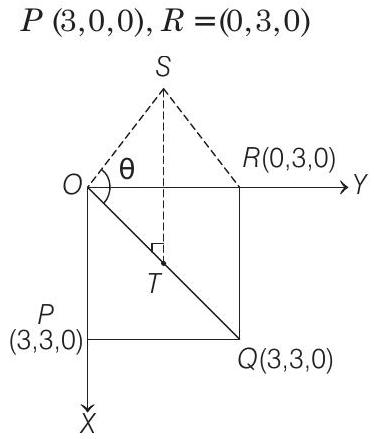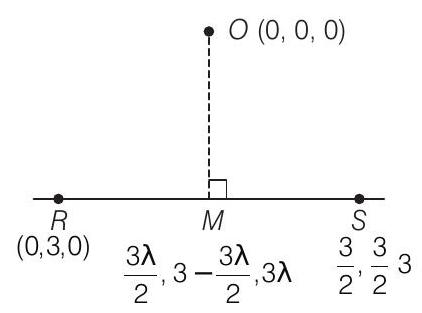3D Geometry 3 Question 50
####50. Consider a pyramid
(2016 Adv.)
(a) the acute angle between
(b) the equation of the plane containing the
(c) the length of the perpendicular from
(d) the perpendicular distance from
Show Answer
Answer:
Correct Answer: 50. (b, c, d)
Solution:
- Given, square base

Also, mid-point of
Since,
Here, DR’s of
Now, equation of the plane containing the
Now, length of the perpendicular from
Here, equation of
To find the distance from
Let







